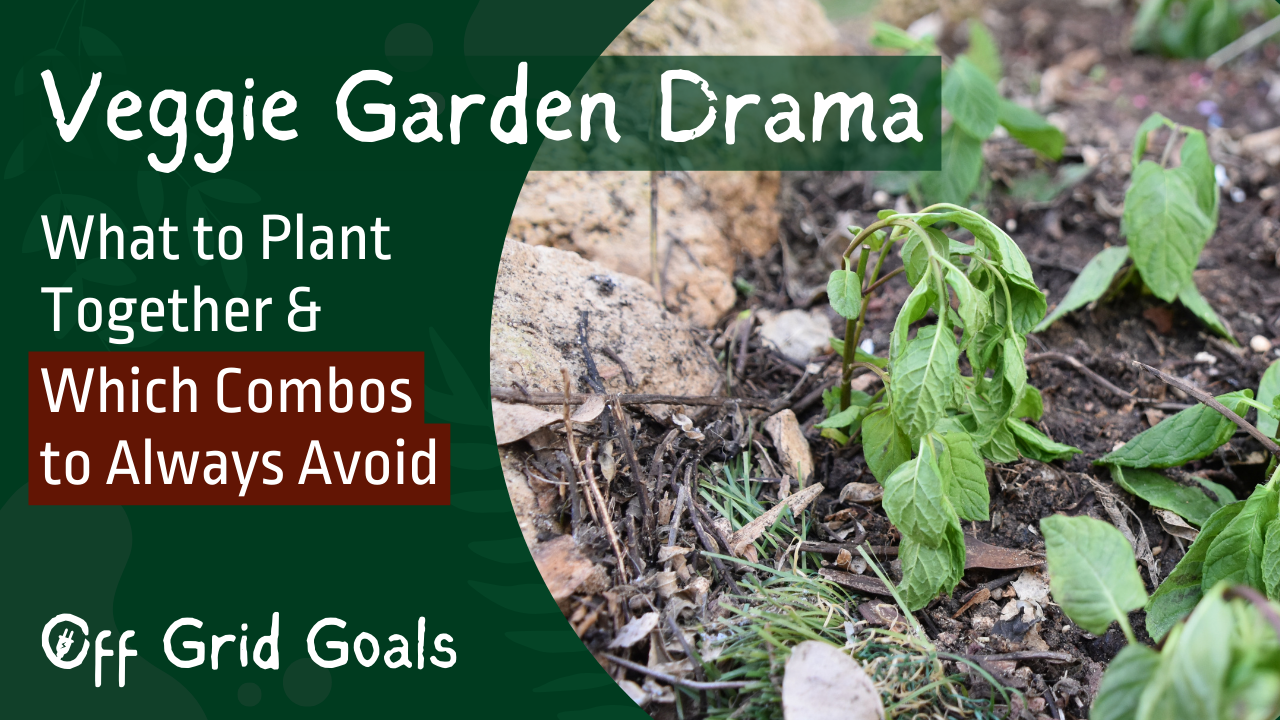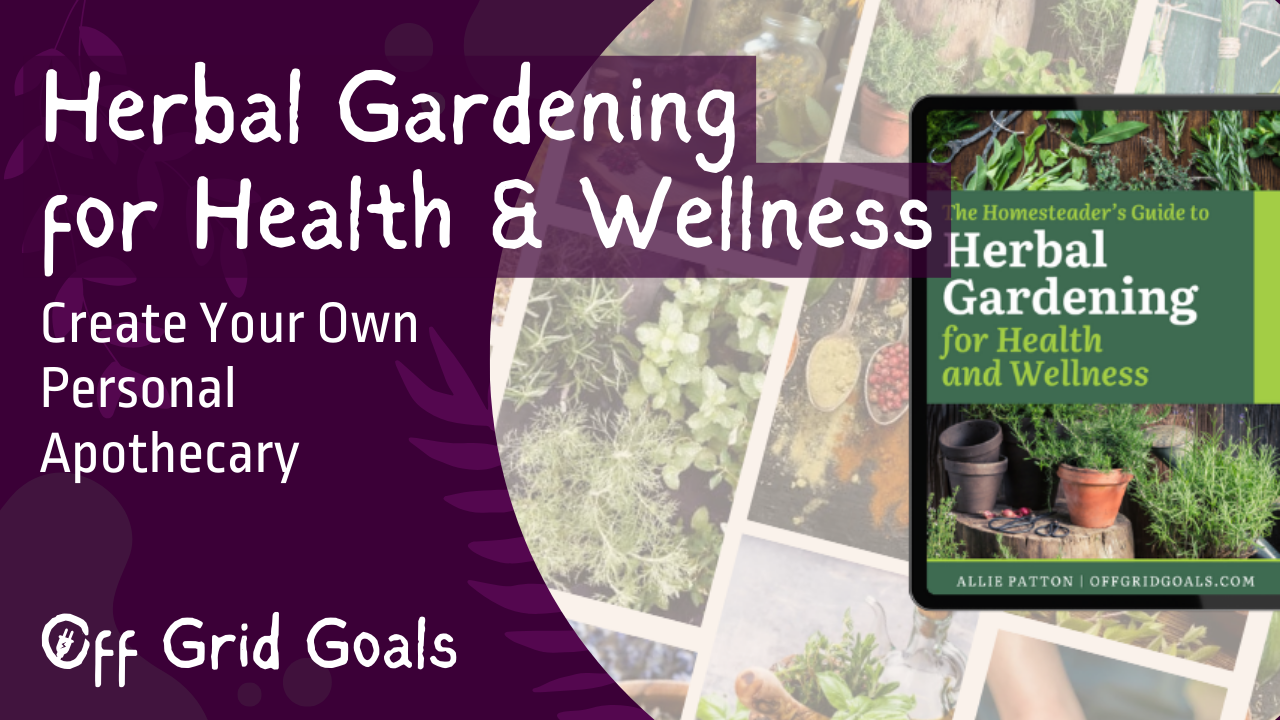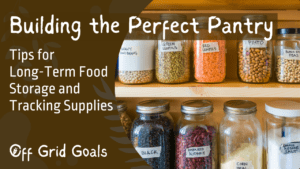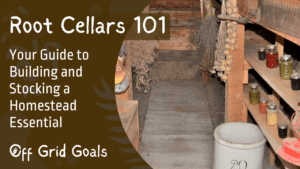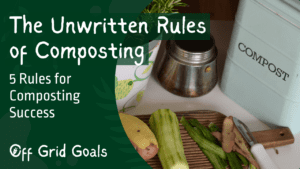Wondering how to avoid veggie garden drama?
Which vegetables make the best BFFs and which ones should steer clear of each other like awkward acquaintances at a dinner party?
Don’t let your garden become a veggie drama worthy of its own reality TV show, complete with secret alliances, bitter rivalries, and the occasional dramatic exit (looking at you, zucchini).
Let’s look at which vegetables are safe (and beneficial) to plant together and which ones should be kept at arm’s length.
The Dream Teams
Let’s start with the veggie power couples—the dynamic duos that thrive when planted together:
Tomatoes and Basil: This dynamic duo is like the Brad and Angelina of the vegetable garden—classic, iconic, and oh-so-perfect together. Planting basil alongside tomatoes not only enhances their flavor but also helps repel pests like aphids and whiteflies. Talk about a match made in veggie heaven!
Carrots and Onions: Carrots and onions are the ultimate power couple, supporting each other’s growth and warding off pests like carrot flies and onion maggots. Plus, they make a killer combo in soups, stews, and stir-fries. It’s like they were meant to be together!
Beans and Corn: Beans and corn are like the best friends you never knew you needed—loyal, supportive, and always there when you need them. Planting beans alongside corn helps provide support for the bean vines while also fixing nitrogen in the soil, benefiting both crops. It’s a win-win situation!
The Odd Couples
Here are the pairs that just don’t quite mesh together:
Cucumbers and Potatoes: Cucumbers and potatoes may seem like a harmless pair, but underneath their friendly exterior lies a toxic relationship waiting to happen. Planting cucumbers near potatoes can lead to the spread of diseases like blight and mildew, putting a serious damper on your veggie dreams.
Tomatoes and Brassicas: Tomatoes and brassicas (like cabbage, broccoli, and cauliflower) might seem like they’d get along swimmingly, but in reality, they’re like oil and water—never meant to mix. Planting tomatoes near brassicas can stunt their growth and lead to nutrient deficiencies, so it’s best to keep them apart.
Onions and Beans: Onions and beans may both have strong personalities, but when it comes to garden harmony, they’re more frenemies than friends. Planting onions near beans can inhibit the beans’ growth and reduce their yield, so it’s best to give them some space to breathe.
The Wild Cards
And finally, we have the wild cards—the vegetable pairs that defy categorization and march to the beat of their own drum:
Lettuce and Radishes: Lettuce and radishes may seem like an unlikely pair, but together, they’re a match made in salad heaven. Planting radishes alongside lettuce helps break up compacted soil and deter pests like aphids and flea beetles, making for a happier, healthier salad bowl.
Peppers and Marigolds: Peppers and marigolds may seem like an odd couple, but together, they’re a force to be reckoned with. Planting marigolds alongside peppers helps repel pests like nematodes and aphids while also adding a pop of color to your garden. Who knew flowers and veggies could be such a power couple?
When it comes to planting vegetables together, it’s all about finding the perfect balance of friendship, support, and compatibility.
By choosing the right veggie pairs and avoiding the ones that just don’t mesh, you can create a harmonious garden that’s as beautiful as it is productive.
So grab your gardening gloves and get ready to play matchmaker in the veggie patch—it’s a drama-filled adventure!

